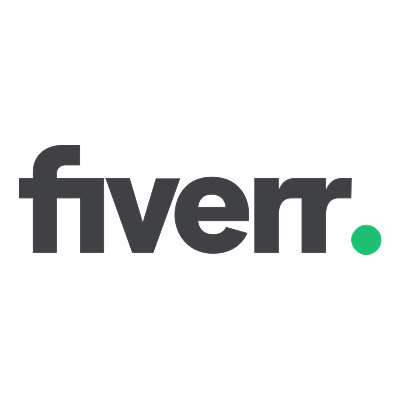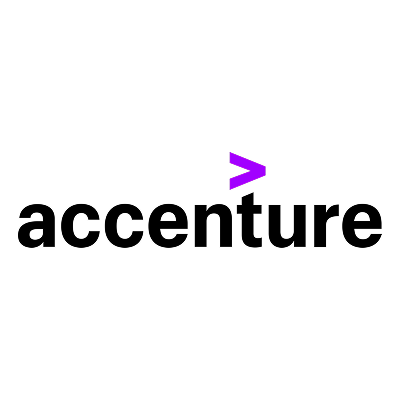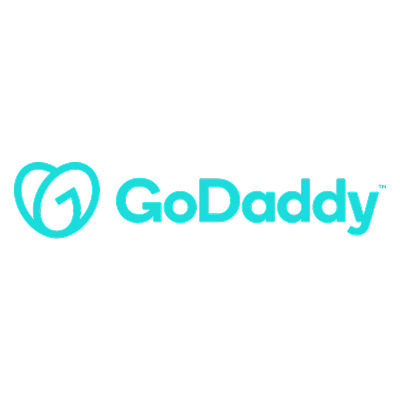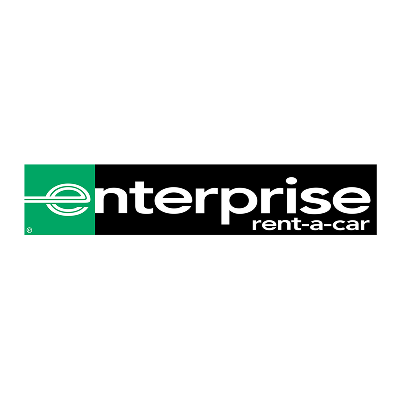Top Companies Use Employee Referral Programs to Attract Talent: 7 Examples
If you’ve ever struggled with a talent shortage, you know how tough and expensive it can be to find the right people. But what if you could tap into your existing network of trusted professionals to help with recruitment? This is where Employee Referral Programs (ERPs) come in. If done well, they make hiring more efficient, enjoyable, and cost-effective. They are generally the cheapest and fastest way to hire.
The concept is simple: your employees refer qualified candidates for open positions, and in return, they usually get a reward. It’s about using your team’s connections to find great people and make the hiring process faster and smoother.

Why do ERPs work so well? Research shows that employee-referred hires tend to perform better and stay with the company longer. Plus, you’re reaching out to people who might not be actively looking for a job but would be open to a new opportunity. Your team is essentially helping with the recruitment process, and when managed right, this can be one of the most effective ways to build a strong team.
What is an Employee Referral Program?
An employee referral program is simple: you ask your team to recommend people they know for open positions. It’s a smart way to find talent without the usual hassle of external recruiting. The staff reaches into their networks, often bringing in candidates who will be a better fit for your company culture.
Why does this work? Because your current workforce knows people who share their skills and values. When they refer someone, they’re putting their reputation on the line, which means they’re more likely to recommend a strong candidate. As a bonus, the referring employee usually gets a reward. It’s a win for everyone involved.
Do Employee Referral Programs Work?
Yes, they work. When done well, employee referral programs are one of the most effective ways to hire. With the right approach, clear strategy, solid promotion, and meaningful rewards, you can find the right people quickly without wasting time or money. They also help you keep staffing levels in balance, so you avoid the chaos of being either understaffed or overstaffed.
Benefits of Employee Referral Programs
Better Candidates
Your employees know what it takes to thrive in your company. They’re not going to refer someone who’s unqualified or a bad fit. Instead, they’ll recommend people they trust, often those with the right skills and mindset, making hiring less of a gamble.
Lower Hiring Costs
Recruiting is expensive. Job postings, agencies, and endless screening all add up. Referrals cut those costs, letting you put that budget toward rewarding employees who bring in great hires. It’s smarter spending with better results.
Faster Hiring
Instead of sorting through a pile of generic applications, referrals give you pre-vetted candidates. That means fewer interviews, faster decision-making, and a smoother onboarding process.
Easier Hiring for Niche Roles
Some roles are hard to fill, but chances are, your employees know someone with exactly the right expertise. Their industry connections can save you months of searching for the perfect hire. Some rare tech positions could be filled within EOR services for software developers, fintech specialists, etc., but referral programs are one of the most universal and beneficial approaches.
How to Create an Employee Referral Program
To design a program that delivers the ultimate outcome is easy to use, and offers the right amount of benefits to encourage participation, follow these steps.
- Start by identifying what you want to achieve, whether it’s improving the quality of content or filling specific roles. Having a clear goal will guide the program’s design.
- Simplify the process for your team. Make it easy for your employees to refer potential candidates by setting up clear guidelines and making the referral process straightforward.
- Offer rewards to keep the team motivated and make the process rewarding. Consider employee referral program incentives such as cash bonuses, extra time off, or a unique experience.
- Include features to maximize referrals like clear communication, easy-to-use platforms, and ongoing feedback.
Let’s dive into seven companies that have successful employee referral programs. They get people talking, excited, and motivated to refer the best talent. Maybe there’s a lesson or two here that your organization could borrow.

7 Best Employee Referral Program Examples to Consider
1. PURE

PURE’s approach to employee referrals is all about engaging new hires early. During the new hire’s “honeymoon period” (roughly the first 30 days), the recruiting team asks each new hire about their experience so far, and if they knew anyone who might also be a good fit at PURE. 40-60% of their new hires are referrals and 91% of their referred hire are still at the company. By keeping the conversation open from the start, they make it easy for everyone to contribute to the hiring process.
2. Salesforce

Salesforce brings a fun element to its referral program by hosting “Recruitment Happy Hours,” where its workforce can invite friends and family to meet recruiters in a relaxed setting. It’s an informal, friendly approach that helps build stronger connections and gets people excited about sharing opportunities with their network. Salesforce’s employees get a cash bonus of 2.000 USD for every successful referral.
3. InMobi

InMobi has found a way to make its referral program exciting by offering big rewards. Since April 2015, InMobi stopped giving out cash for referral bonuses and started awarding all-expense-paid vacations, iPhones, and even Royal Enfield. With this program, they saw that 90% of referred hires stayed at the company longer than average and 80% of them outperformed non-referred employees.
4. Fiverr

Fiverr uses gamification in referrals by awarding points to employees for sharing job postings and referring candidates. A leaderboard shows who’s leading the charge, and the top performers earn quarterly and annual rewards. It’s a fun and competitive way to keep everyone engaged and motivated to help the company grow.
5. Accenture

Accenture adds an emotional element to their referral program by giving employees the option to donate a part of their referral bonuses to a charity of their choice, with the company matching the donation. It’s a great way to make the process feel more meaningful, not just for the team members, but also for the communities they support.
6. GoDaddy

GoDaddy gets creative with their referral program by adding an element of fun. They turn referring into a game by encouraging the workforce to share branding content, job postings, and track sharing. It’s a playful way to get the team involved and make the referral process feel more like a game. 40-60% of their customer service employees were sourced via referral.
7. Enterprise Rent-A-Car

Enterprise Rent-A-Car’s referral program focuses on simplicity and rewards, encouraging employees to bring in great candidates. The talent acquisition team ranks regions based on referral performance, turning hiring into a friendly competition. Every referral counts toward regional leaderboards, tracking which areas bring in the most talent. To keep the workforce engaged, Enterprise recognizes them for their referrals and resulting successful hires. 95% of their talent acquisition leaders describe referrals as an important part of their recruitment process.
Conclusion
All of these companies have found ways to make their referral programs exciting, rewarding, and effective. Whether it’s by adding a social component, offering big prizes, or simply making the process fun, they’ve figured out how to get employees engaged and eager to refer the best talent.
When you think about it, such a program is a strategy that helps you tap into a wider network, build stronger teams, and reduce the costs and time involved in traditional hiring methods.

So, if you’re looking to improve your hiring process, why not take a page from the books of these companies? Create a referral program that not only attracts top talent but also motivates and rewards your current team.

FAQs
How to Setup Best Employee Referral Programmes?
Creating a successful ERP is all about simplicity and engagement. First, define your goals, whether it’s hiring top talent or filling niche roles. Then, make the process easy by providing clear guidelines and simple referral channels. To keep things motivating, offer meaningful rewards, such as bonuses or extra time off. Lastly, communicate regularly about the program’s success and impact, nothing gets people excited like seeing the results of their contributions!
What are some successful employee referral program examples?
Several companies have taken referral programs to the next level! Here are a few standout examples:
- Salesforce has “Recruitment Happy Hours” where employees can invite friends to meet recruiters in a relaxed setting.
- InMobi offers exciting rewards like all-expense-paid vacations and iPhones instead of cash, which has led to great retention and performance.
- GoDaddy gamifies referrals, letting employees track their points and compete for top rewards.
- PURE engages new hires early, resulting in 40-60% of hires coming through referrals.
These companies know how to make their ERPs fun, rewarding, and effective!
How can companies encourage employees to refer candidates?
Motivating your team to refer candidates comes down to creating excitement around the program. Here’s how you can do it:
- Make it easy: The simpler the process, the more likely employees will participate.
- Offer meaningful rewards: Cash is great, but unique perks like extra time off, vacation packages, or charitable donations can be even more motivating.
- Gamify the experience: Add a leaderboard or give out quarterly prizes to top referrers.
- Communicate success stories: Share the wins, both for the company and the employees who successfully referred new hires, to keep the momentum going.
What kind of rewards work best in employee referral programs?
The best type of reward will vary depending on personal preference. While cash bonuses are always appreciated, consider giving a mix of rewards, including paid vacation, gift cards, unique experiences, and more to keep the crew motivated.



